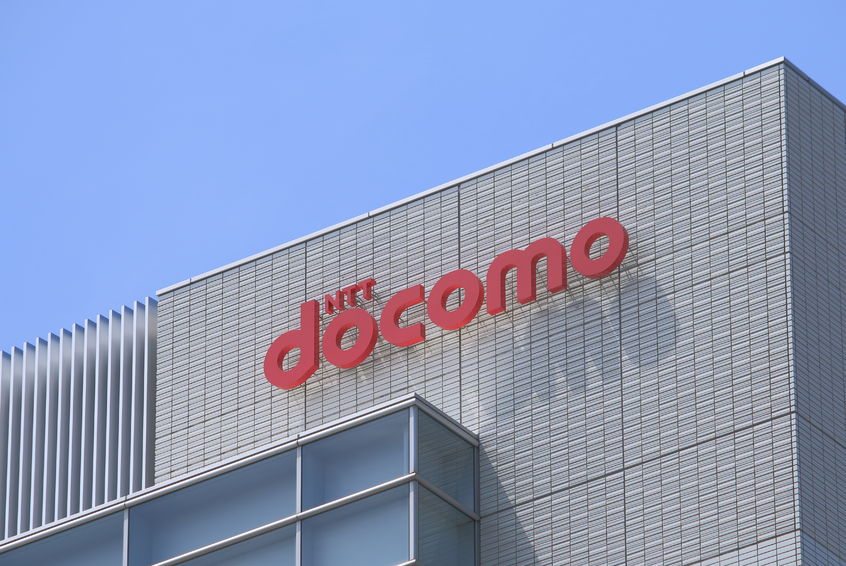Two years ago, talking about 6G was a joke. Not anymore. Now that 5G base stations are rolling out in production, the advanced R&D teams of 100 companies are turning their collective attention to “what comes next.”
In every generation so far, the engineers have led the process, driving toward faster data rates and higher spectral efficiency with each step. Extrapolating the trend of the past 30 years, university professors now are testing ever-higher frequency bands, and dreaming about mobile links at speeds in the Tbps range. This is a mistake.
From 1990 to 2020, the speed-driven approach matched up with market requirements pretty well because we had spectrum that was able to propagate well and penetrate indoors. Now things are different.
Terabit links are a great idea, but there’s a problem if you think that this is the next “G.” The economics of the market will not support widespread deployment of networks at 100 GHz, due to multiple problems:
- Radio signals above 90 GHz don’t penetrate any barriers, including walls, windows, or the windshield of your car. An access point in one room won’t even work for the adjacent room.
- Reflections are not predictable with the small wavelength of signals at 90+ GHz. Operators are trying to use reflections for NLOS 28 GHz and finding that the connection is not stable, because tiny changes due to temperature or moisture can change the angles of a narrow beam’s reflection.
- Propagation in the high frequency bands doesn’t allow radio signals to travel very far. The air itself absorbs energy, leaving us with very short range for the envisioned 6G networks.
The above list of problems are not simply engineering challenges to overcome… they’re basic physics. Don’t fight against God.
When you’re confronted by a roadblock, it can be useful to stop and think: What’s my destination anyway? In this case, it’s increasingly clear that pure speed is not the goal anymore. Nobody really needs terabit speed to their mobile phone. We have mobile networks that can run as high as 2 Gbps today, but almost nobody uses an app that requires more than 50 Mbps.
Four years ago, I started to say that speed doesn’t matter anymore. People told me that “apps that use gigabit data will come along.” But hey, here we are with nationwide 5G networks and no app is even close to using the peak speed. When nationwide 4G networks were deployed, Uber and Google Maps had already been on the market for three years or more. Times change.
So, chasing faster speed is not a perfect match with the market need. The unsolved problem in the mobile market is about how to deliver mobile data capacity where the people are, not how to deliver faster data to a few line-of-sight locations.
Instead, I propose a different direction for the thrust of 6G. We should focus our 6G attention on TV white spaces, land-mobile radio bands, radionavigation bands, military bands, and other spectrum below 6 GHz. We have already demonstrated that shared spectrum can work great. Cognitive radios for LAA and CBRS can sense the presence of other radio transmitters and adjust their parameters. Let’s apply these cognitive radio techniques in areas where the spectrum is only lightly utilized, and take advantage of spare channels, coverage holes, and slack time on existing radio services.
Our calculations indicate that below 6 GHz, as much as 3.5 GHz of spectrum is used in ways that leave gaps in either time, frequency, or location. Valuable low-band spectrum is devoted to radio and television broadcasts, which are phasing out in the age of podcasts. As much as 400-500 MHz is devoted to “radionavigation,” which is essentially obsolete in the age of GPS.
I agree, some of these radionavigation aids are important. For example, at 4.2 GHz every aircraft uses a radar to measure its height above the ground. Let’s leave that band alone, okay? But many other navigation aids are no longer necessary, or could be operated at a 10% duty cycle without anybody getting lost.
Even if the industry can only harvest 30% of the available spectrum below 6 GHz, we could extract another 1100 MHz of spectrum for true mobile communications. That’s double the available mobile spectrum today. (This calculation is for the crowded American market. In other markets we believe the available spectrum would be even richer.)
To me, 1100 MHz of low-band mobile spectrum is far more valuable than 100 GHz of spectrum in the high millimeter-wave bands. If we’re going to spend eight years on blue-sky R&D, let’s focus the effort on something really useful.
Joe Madden is principal analyst at Mobile Experts, a network of market and technology experts that analyze wireless markets.
“Industry Voices” are opinion columns written by outside contributors—often industry experts or analysts—who are invited to the conversation by FierceWireless staff. They do not represent the opinions of FierceWireless.













